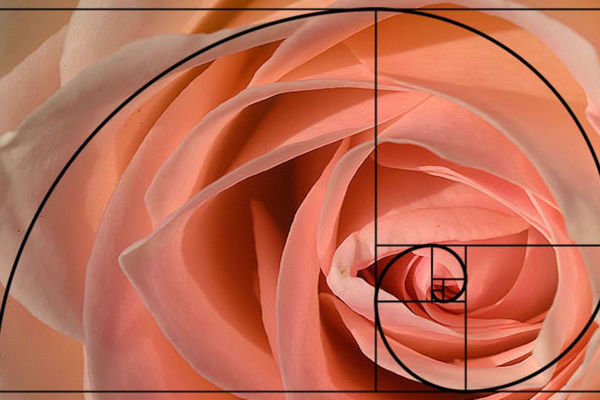Photograph and label the golden ratio
Find and photograph objects that show the golden ratio, measure or draw dividing lines, then label and explain the ratio in your photos.



Step-by-step guide to photograph and label the golden ratio
The Golden Ratio
Step 1
Learn that the golden ratio means the longer part divided by the shorter part is about 1.618
Step 2
Walk around your home or yard and pick five objects that look like rectangles or spirals that might show the golden ratio
Step 3
Take a clear photo of each chosen object
Step 4
Choose one photo to analyze more closely
Step 5
Decide if you will draw directly on the photo or draw your lines on paper beside the photo
Step 6
Use your pencil to draw a line that splits the object into a longer part and a shorter part
Step 7
Measure the length of the longer part with your ruler and write that number on a sticky note
Step 8
Measure the length of the shorter part with your ruler and write that number on a sticky note
Step 9
Divide the longer measurement by the shorter measurement and write the result
Step 10
Compare your result to 1.618 and write whether the numbers are close to each other
Step 11
Use sticky notes or your coloring materials to label the two parts the measurements and your calculated ratio on the photo and write one sentence explaining what you found
Step 12
Share your finished photo labels and explanation on DIY.org
Final steps
You're almost there! Complete all the steps, bring your creation to life, post it, and conquer the challenge!


Help!?
What can we use instead of sticky notes, a ruler, or a camera if we don't have them?
If you don't have sticky notes use small pieces of paper or masking tape to write measurements, if you lack a ruler use a printable ruler, a credit card, or a string measured against a known length, and if you don't have a camera use a phone, tablet, or draw the object by hand to follow the photo-and-label steps.
My line splitting the object looks wrong or my ratio is way off from 1.618—what should I do?
Retake a clearer photo or print it, use your pencil to redraw the dividing line so the longer and shorter parts follow the object's edges, re-measure with your ruler or measured string, and recalculate longer ÷ shorter before writing the numbers on your sticky notes.
How can I change this activity for younger kids or make it more challenging for older kids?
For younger children simplify by having them choose obvious rectangles or spirals, draw a clear split with a pencil and place labeled sticky notes for 'long' and 'short', while older kids can draw exact lines on the photo, measure in decimals, calculate longer ÷ shorter precisely, and compare percent difference to 1.618 for all five objects.
What are good ways to extend or personalize the photo-and-label golden ratio project?
Analyze all five photos and record each longer and shorter measurement and calculated ratio on sticky notes, create a collage or chart showing which items are closest to 1.618, overlay a printed golden spiral on the chosen photo, add color-coded labels, and then share your labeled photos and one-sentence findings on DIY.org.
Watch videos on how to photograph and label the golden ratio
What is The Golden Ratio? Why is it Everywhere?
Facts about geometry and proportions
🏛️ Architects and artists (like those studying the Parthenon or Renaissance painters) have used golden rectangles for balanced designs.
📸 Many everyday objects—phones, books, picture frames—approximate golden-rectangle proportions and photographers use them for pleasing composition.
🌻 Sunflower seed patterns follow Fibonacci numbers that approximate the golden ratio to pack seeds efficiently.
🐚 The chambered nautilus and other shells form spirals similar to the logarithmic spiral often linked to the golden ratio.
📐 The golden ratio is about 1.618 and is usually written as φ (phi), a favorite number in math and art.
How do I do the 'Photograph and label the golden ratio' activity with my child?
What materials do we need to find and label the golden ratio in photos?
What ages is this golden ratio photography activity suitable for?
What are the benefits of doing a golden ratio photo and labeling activity with my child?


One subscription, many ways to play and learn.
Only $6.99 after trial. No credit card required



